The Difference Between Toners and Cleansers
What Each One Does, When to Use Them, and How to Pick the Right One for Your Skin
They’re both important steps in your skin routine, but what’s the difference between toner and cleanser?
Trust me, I know skincare can be confusing, but I’ve spent years studying it and testing products.
If you put a gun to my head, I’d probably say my favorite cleanser right now is Prequel’s Glycerin Cleanser. Narrowing down my favorite toner is pretty tough, but I do love Rhode’s Glazing Milk.
In this article, I’ll define cleanser and toner, describe how to use them, and compare and contrast them.
By the end, you’ll be able to make informed decisions about your skincare routine, especially if you have sensitive skin!
Toners
Definition of Toners
Toners are skincare products that you use after cleansing and before moisturizing. They can be found in various forms, including sprays, pads, and liquids, and are usually applied to the skin using a cotton pad or sprayed directly onto the face.
Types of Toners
There are so many different toners. According to Paula’s Choice, there are three main types:
Alcohol-based
Water, glycerin, or glycol-based
Water-based
Alcohol-based toners often contain astringents, such as witch hazel, and are designed to reduce enlarged pores and excess oil.
They tend to be used by people with oily skin in search of clear skin.
However, these toners can be drying and irritating, making it more difficult to maintain skin’s protective barrier.
Water, glycerin, or glycol-based toners are often labeled as “refreshing” or “purifying,” but they are essentially cologne for the face.
Water-based toners are the most gentle and nourishing type of toner. They contain calming ingredients, such as:
Soothing aloe vera
Glycerin
Fatty acids
Ceramides
Antioxidants
Gentle brightening agents (like niacinamide)
Water-based toners tend to be suitable for most people (not just those with normal skin) to keep your skin healthy.
Just like face wash, the right toner for you will depend on your skin type.
Purposes of Toners
Toners have several purposes in skincare:
Provide essential ingredients: Toners can contain a variety of beneficial ingredients that help nourish and protect the skin, such as antioxidants, glycerin, and ceramides.
Hydrate and replenish skin: Many toners are designed to hydrate and moisturize the skin, helping to maintain the skin’s natural moisture levels and prevent dryness.
Provide additional cleansing: Toners can aid the right cleanser and help get rid of dirt, oil, and makeup. They can also increase the permeability of your skin surface to absorb the products you apply after.Remember that ultimately the most important thing is to protect your skin barrier though!
My Favorite Toners:
Laneige Cream Skin Toner & Moisturizer: Milky Korean toner for dry skin with ceramides, peptides, and white leaf tea to deeply hydrate, soothe, and firm for a soft, radiant finish.
Rhode Glazing Milk: Lightweight, nutrient-rich prep step for dry skin with ceramides, minerals, and vitamin E to hydrate, calm, and strengthen the skin barrier.
The Ordinary Glycolic Acid 7% Exfoliating Toner: Gentle AHA toner for signs of aging, acne, and discoloration that smooths texture, evens tone, and brightens while helping reduce fine lines (and weirdly a great alternative to deodorant because AHAs kills odor-causing bacteria)
Anua Heartleaf 77 Soothing Toner: Lightweight toner with 77% heartleaf extract to calm irritation, balance pH, and keep skin hydrated.
Facial Cleanser
Definition of Cleansers
Cleansers clean your skin of impurities, such as dirt, oil, makeup, and dead skin cells. They come in a variety of forms, including liquids, gels, creams, and balms.
If you wear a lot of makeup, you also may benefit from an oil based cleanser.
Types of Cleansers
There are several types of cleansers to choose from, depending on your skin type and concerns:
Micellar water: A water-like cleanser that contains micelles, which are tiny soap-like molecules suspended in water. Micellar water is gentle and can be used to remove makeup and excess dirt from the skin.
Try: CeraVe Hydrating Micellar Water: Gentle 3-in-1 cleanser with ceramides and niacinamide that removes makeup, dirt, and excess oil while hydrating and supporting the skin barrier.
Foaming gel cleanser: These gel cleansers are formulated with a gentle foaming action that helps to lift away dirt and oil from the skin. These cleansers are suitable for oily or combination skin.
Try: Yepoda The Bubble Double: Foaming cleanser with pomegranate and salicylic acid that deep cleans pores, gently exfoliates, and helps prevent impurities while keeping skin balanced.
Cream cleanser: Cream cleansers are rich and moisturizing, making them suitable for dry skin.
Try: Farmacy Green Gentle Creamy Cleanser: Ultra-hydrating, fragrance-free cream cleanser with moringa oil, oats, and aloe to gently dissolve makeup and nourish dry or sensitive skin.
Balm cleanser: Balm cleansers are thick, waxy cleansers that are usually applied to dry skin and then rinsed off with water. They are suitable for all skin types, but are particularly good for dry or sensitive skin as they can help to retain moisture and soothe irritation.
Try: Versed Day Dissolve Cleansing Balm: Oil-based balm with vitamin E, jojoba, and clove leaf oil that melts away makeup and impurities without stripping, ideal as the first step in a double cleanse.
Oil cleanser: Oil based cleansers are ideal if you’re wearing make up and sunscreen because they’re great for deep cleaning your skin. They work by dissolving oil-based impurities and can be used on their own or as part of a double cleanse routine.
Try: Tatcha Camellia Cleansing Oil: Lightweight oil cleanser that removes makeup, sunscreen, and excess oil while nourishing with antioxidant-rich camellia oil.
Purposes of Cleansers
Cleansers have several purposes in skincare:
Remove dirt, oil, makeup, and dead skin cells: This cleans your skin and unclogs pores.
Exfoliate: Some cleansers contain exfoliants, such as alpha hydroxy acids (AHAs) or beta hydroxy acids (BHAs), which help remove old dead skin cells from the surface of your skin. In turn, this improves texture and appearance.
Hydrate: Some cleansers are formulated with hydrating ingredients, such as glycerin and hyaluronic acid, to help moisturize your skin.
How to Use Toners and Cleansers
Toners and cleansers can be used as part of a regular skincare routine, which is typically once or twice daily.
However, it’s most important that you stick to a routine that works for you. If you don’t want to add in another step to your routine, there’s no need to get a toner!
Personally, I like to use a hydrating toner twice a day in the winter.
To use cleansers:
Wet your face with lukewarm water.
Apply a small amount of cleanser to your face, using a circular motion to massage it into your skin.
Rinse the cleanser off with lukewarm water. Either let your skin air dry or pat gently with a towel.
To use toners:
After cleansing your skin, apply a small amount of toner to a cotton pad or spray it directly onto your face.
Gently swipe or pat the toner onto your skin, avoiding the eye area.
Follow up with a moisturizer to seal in the benefits of the toner.
Cleanser vs Toner Comparison
The main difference between toner and cleanser lies in the functions. However, you should always follow up with a moisturizer afterwards.
Ingredients
Toners and cleansers can contain a variety of ingredients, depending on the specific product and its intended purpose.
They may contain ingredients such as exfoliants, such as AHAs or BHAs, which help to remove dead skin cells and improve the texture of the skin.
Both toners and cleansers may also contain other beneficial or moisturizing ingredients, such as aloe vera, which can soothe and calm the skin, or salicylic acid, which can help control acne.
Functions
The main function of toners is to provide additional cleansing and nourishment to the skin, while the main function of cleansers is to just literally clean.
Toners are usually used after cleansing and before moisturizing to help prepare skin for the next steps in the skincare routine. Cleansers, on the other hand, are the first step in a skincare routine.
Uses
Both toners and facial cleansers can be used once or twice daily depending on your tolerance.
Choosing the Products for Your Skin Concerns
In conclusion, understanding the difference between toner and cleanser can change the way you do your skincare.
They’re both important products in a routine, but they serve different purposes and are used at different stages.
Toners are liquid skincare products that are used after cleansing and before moisturizing to provide additional cleansing and nourishment to the skin.
If you pick the right one, it can help improve your skin’s moisture levels and leave you with fresh looking skin.
A face cleanser will come in a variety of forms, including liquids, gels, creams, balms, and oils.
My preference is generally liquid or gel form, partially because I have dry skin but also because my favorite cleansers have just historically been those.
The best options for you will depend on your skin type and lifestyle as they all play a role in keeping your skin clean.
Plus, regularly using the right skincare products as part of a consistent routine can help you maintain a healthy skin barrier.
And remember, healthy skin is happy skin!
Cheers,


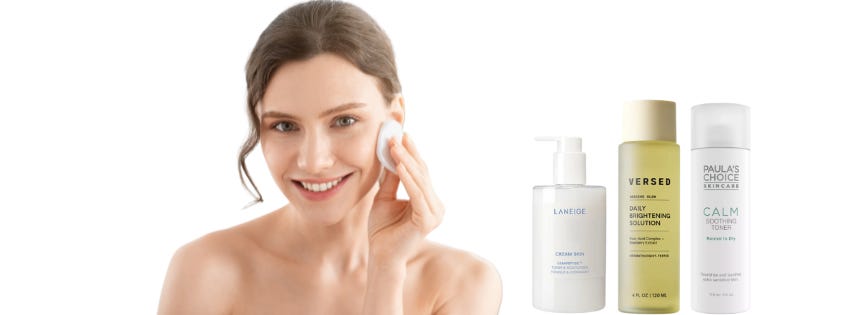
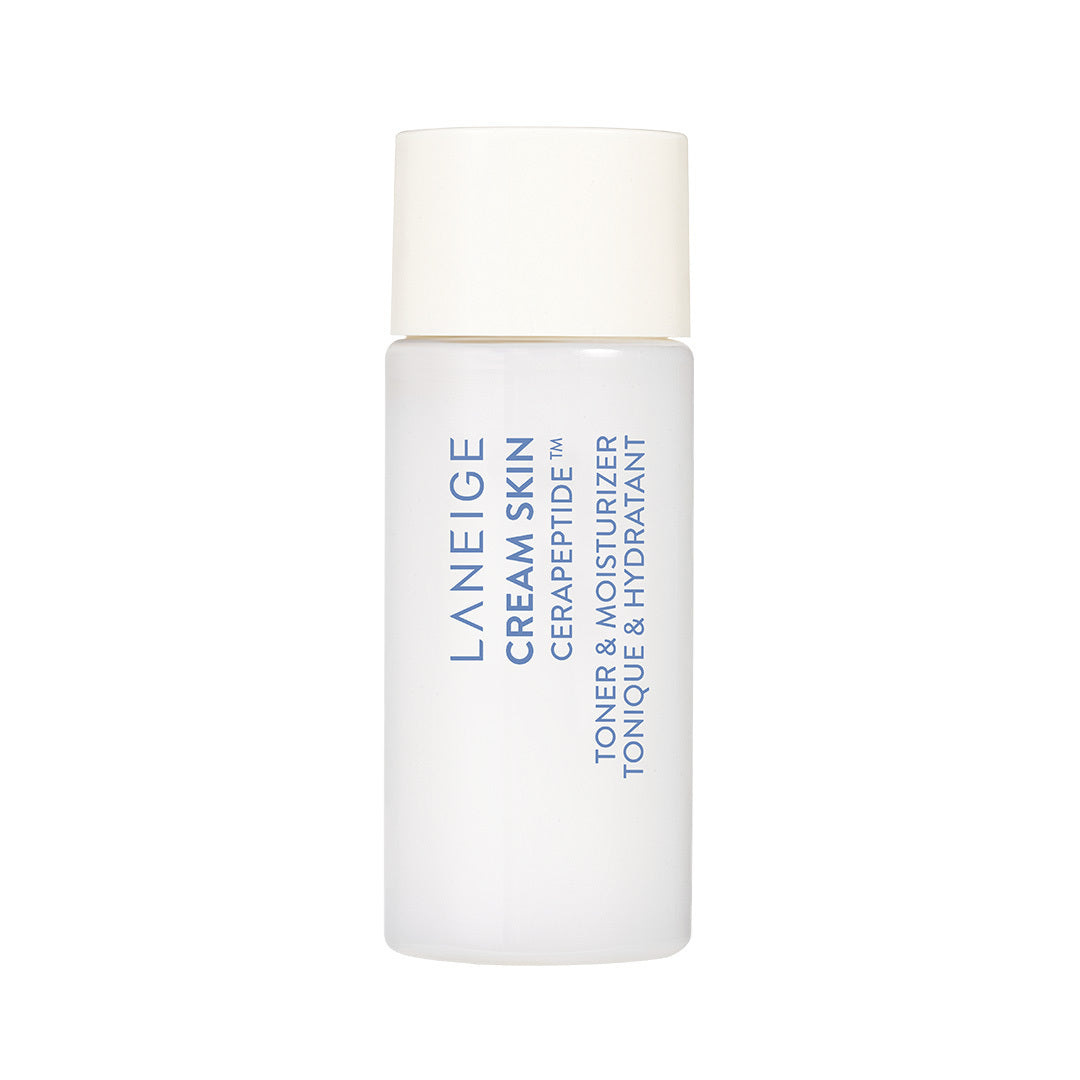
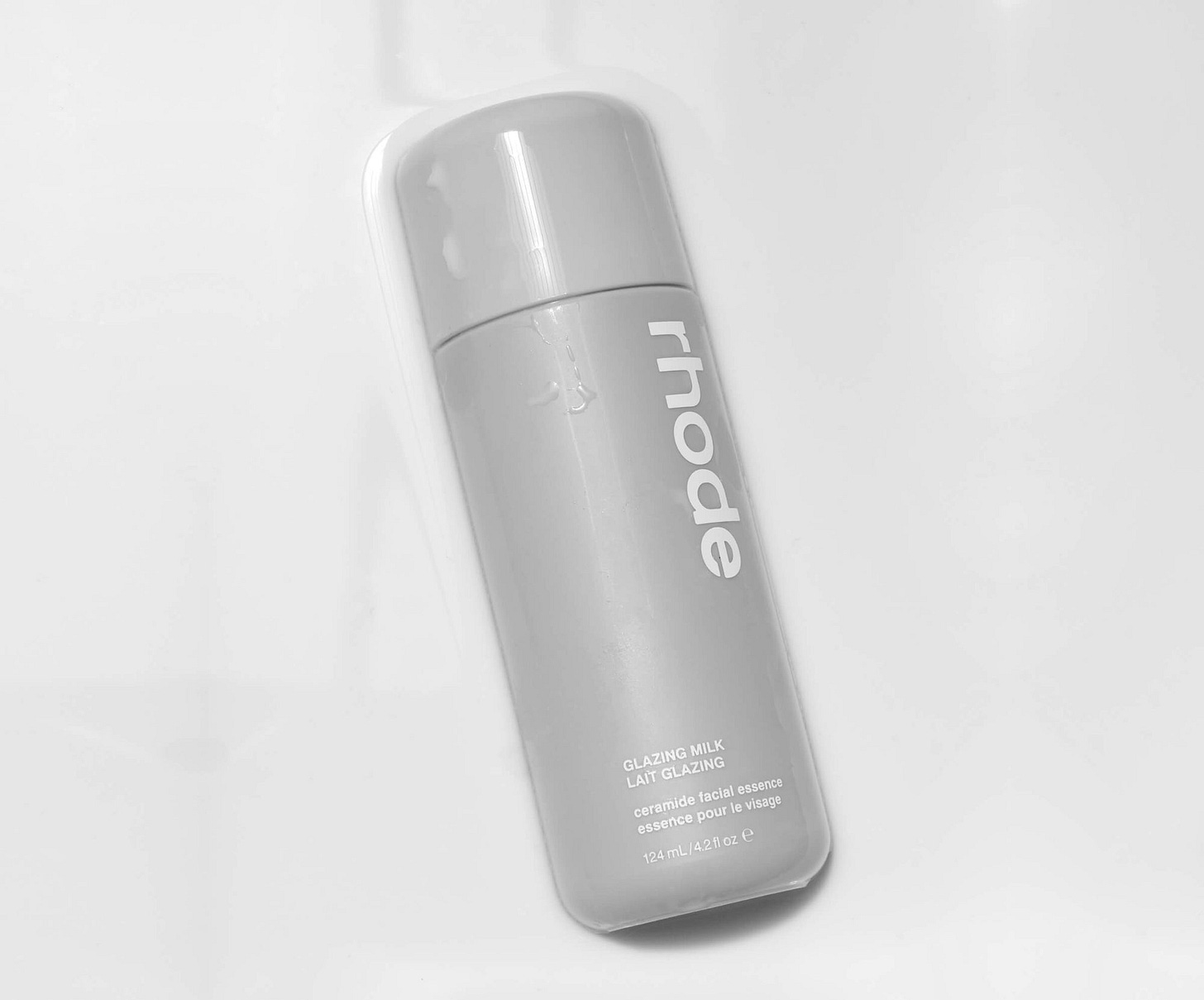
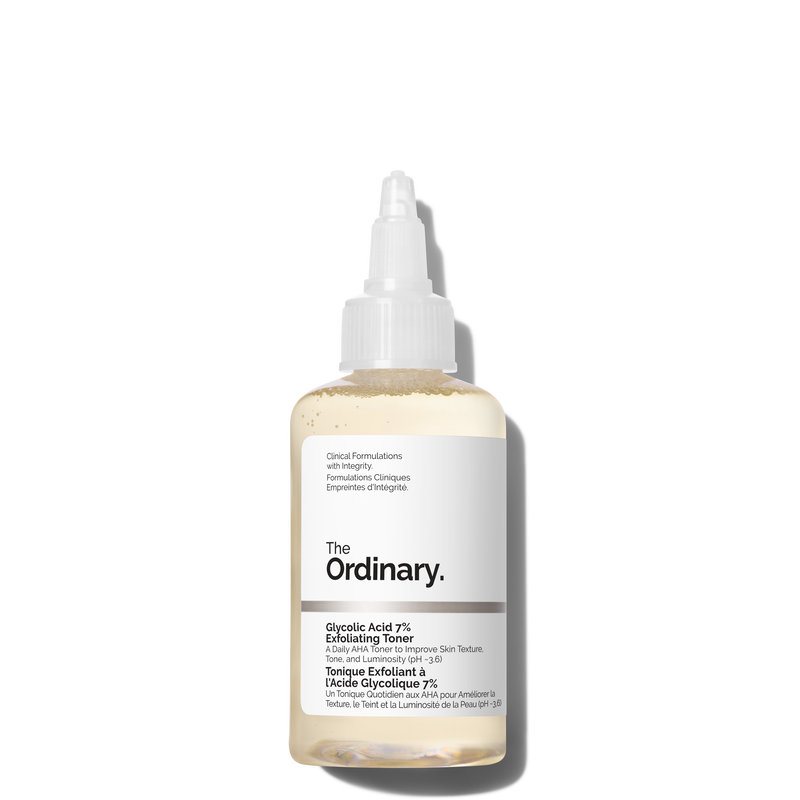
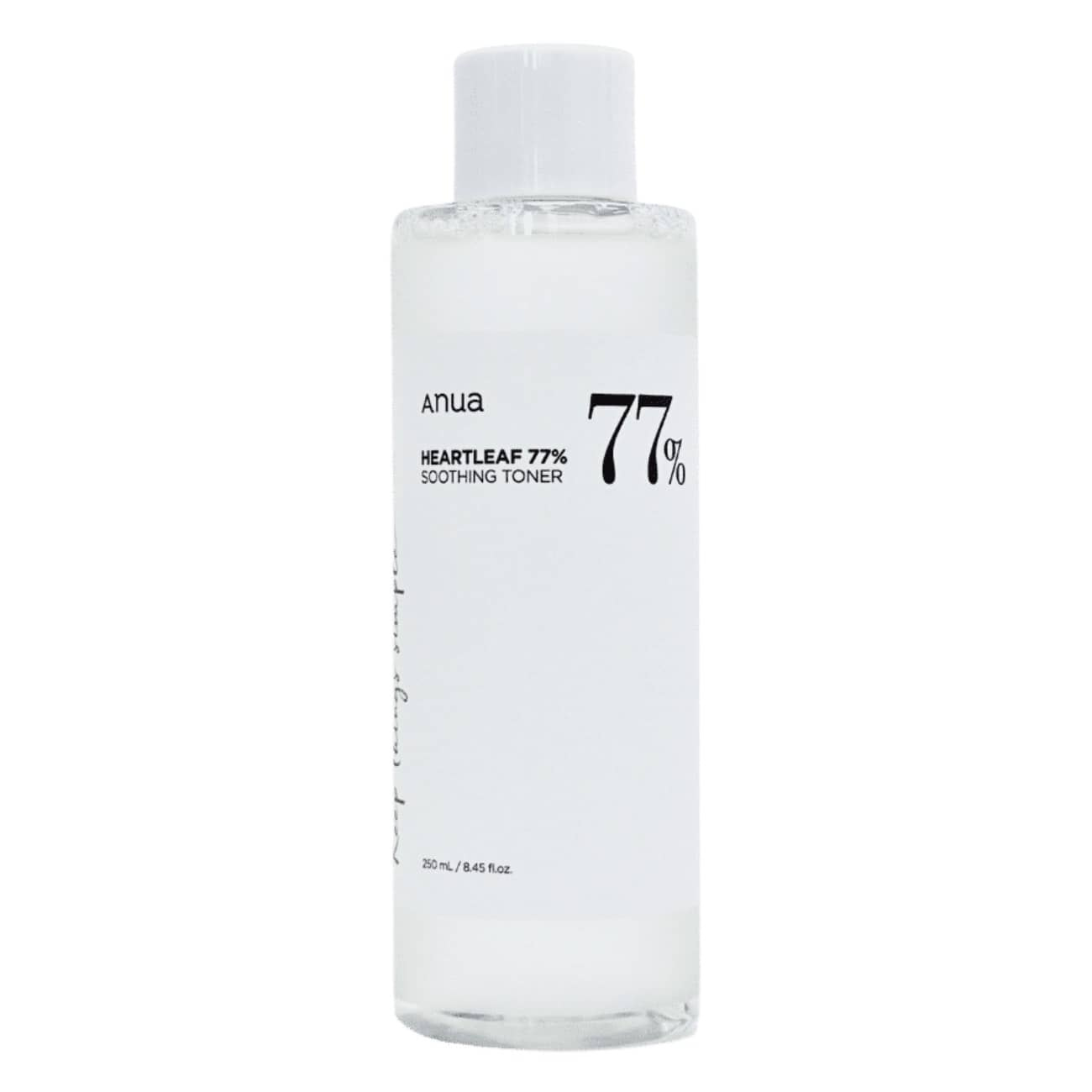
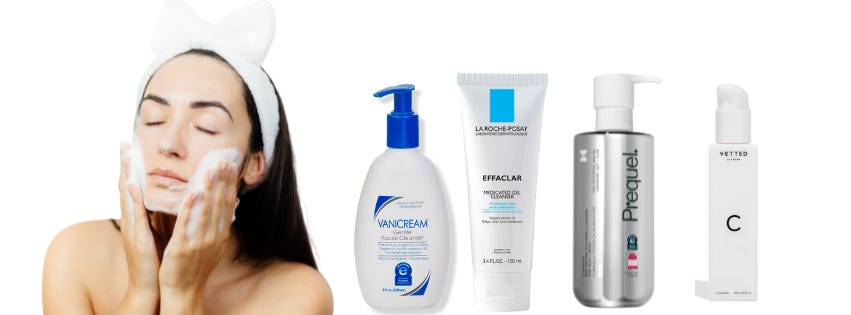

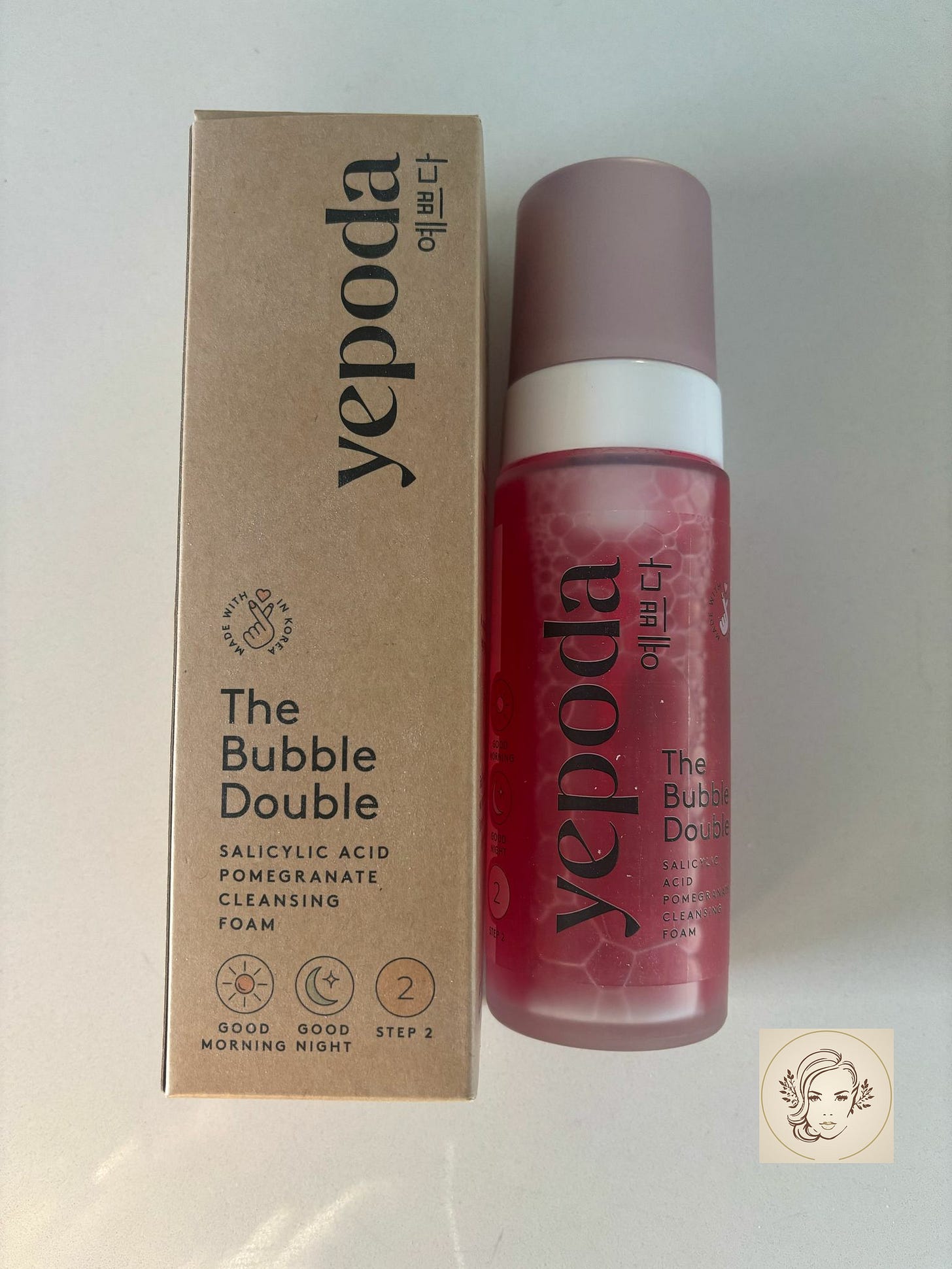
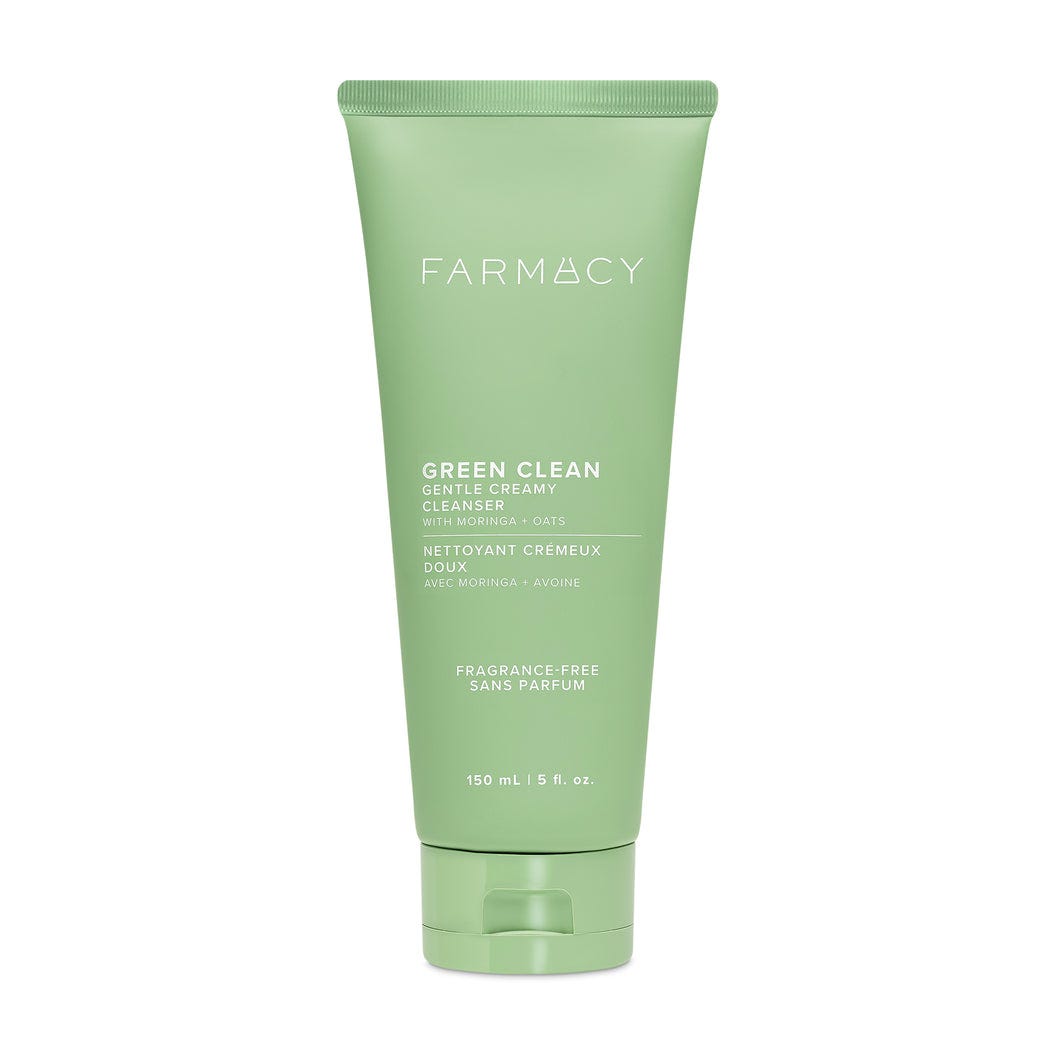
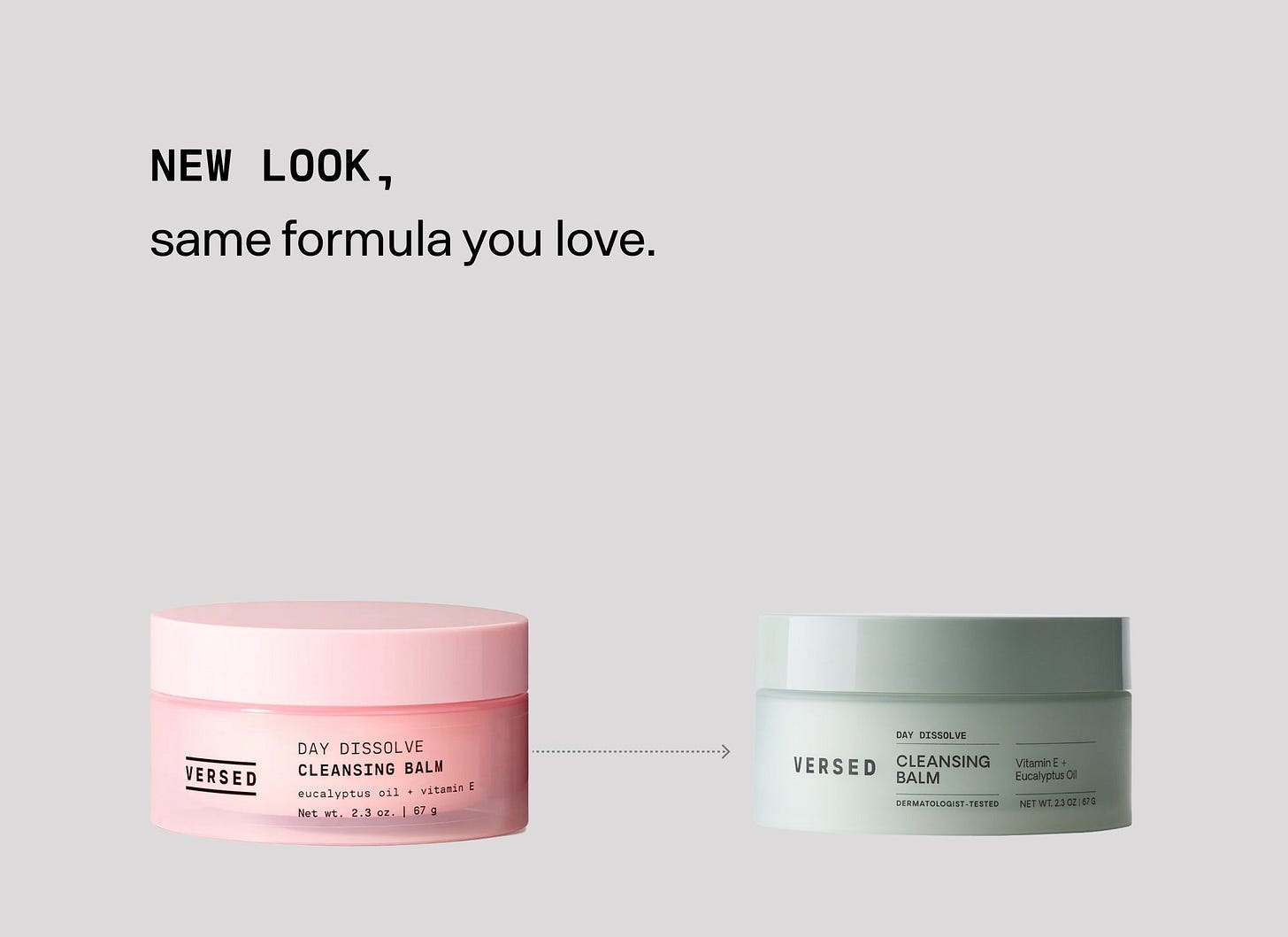
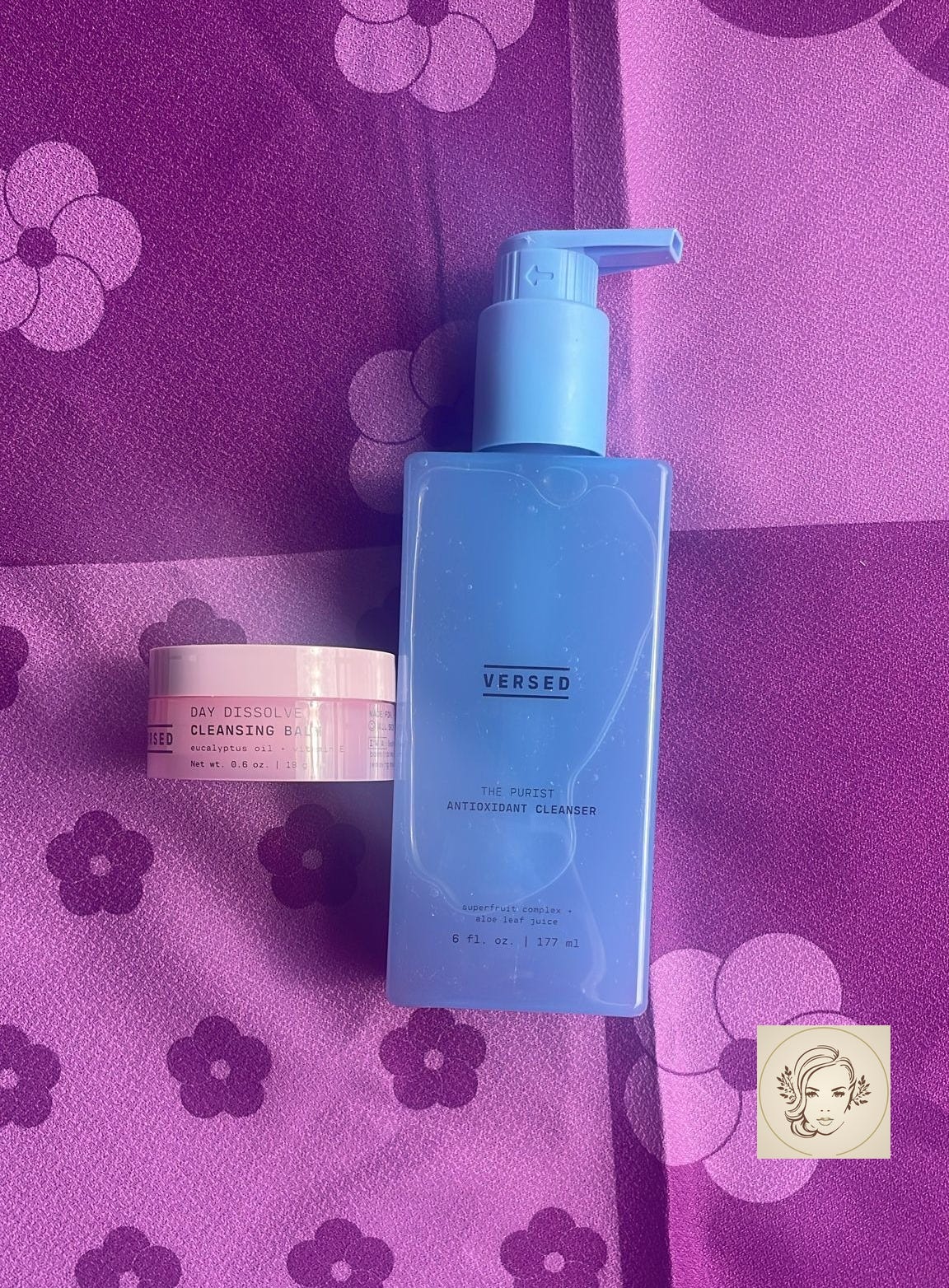

Excellent article as always, Stacy! Any specific suggestions for sebaceous filaments? I think that's the one issue that irks me more than anything else - nightly pore extractions are a bit much, and I know it's not doing my skin any favors.
Which toner is best for oily skin?